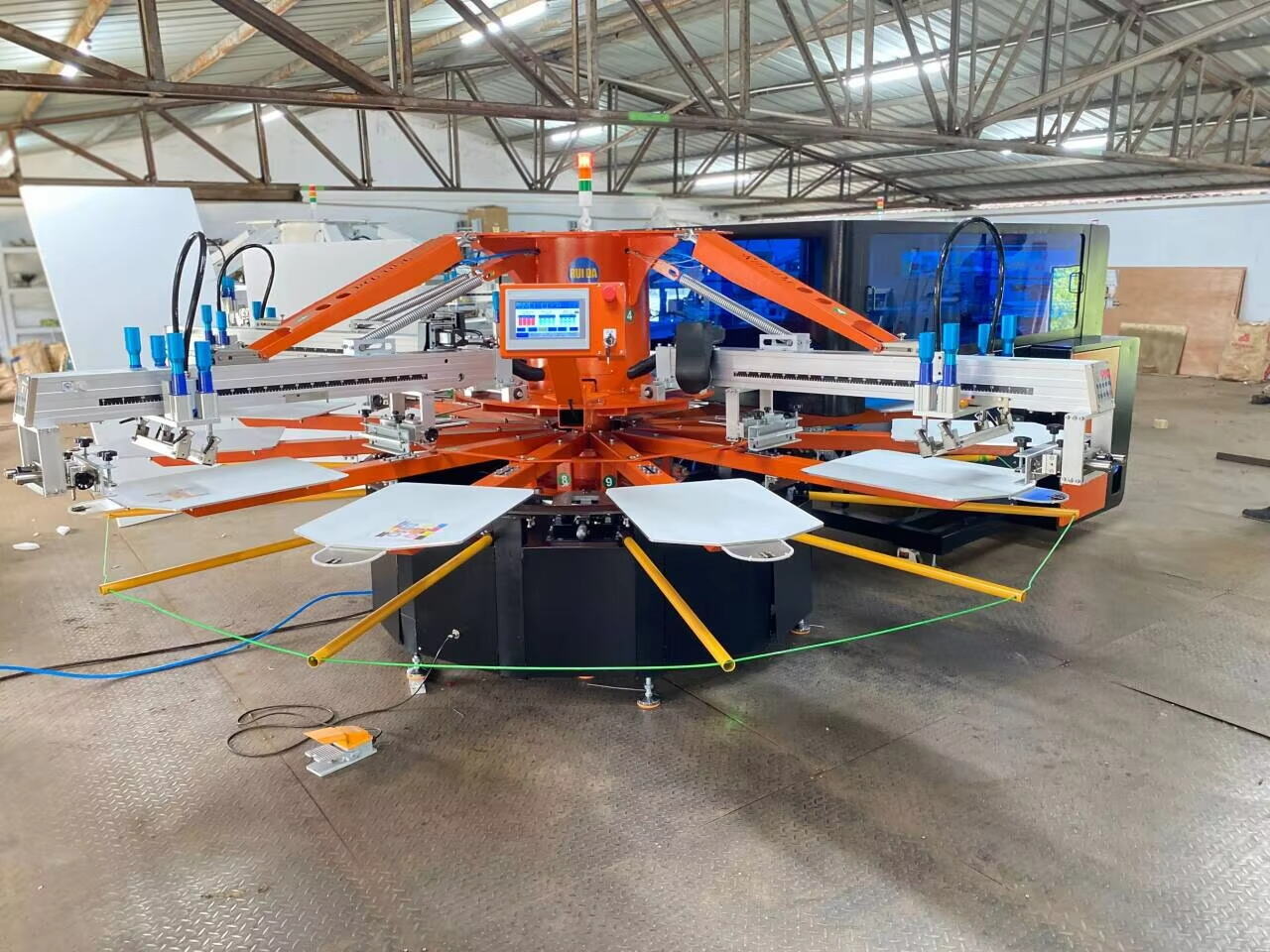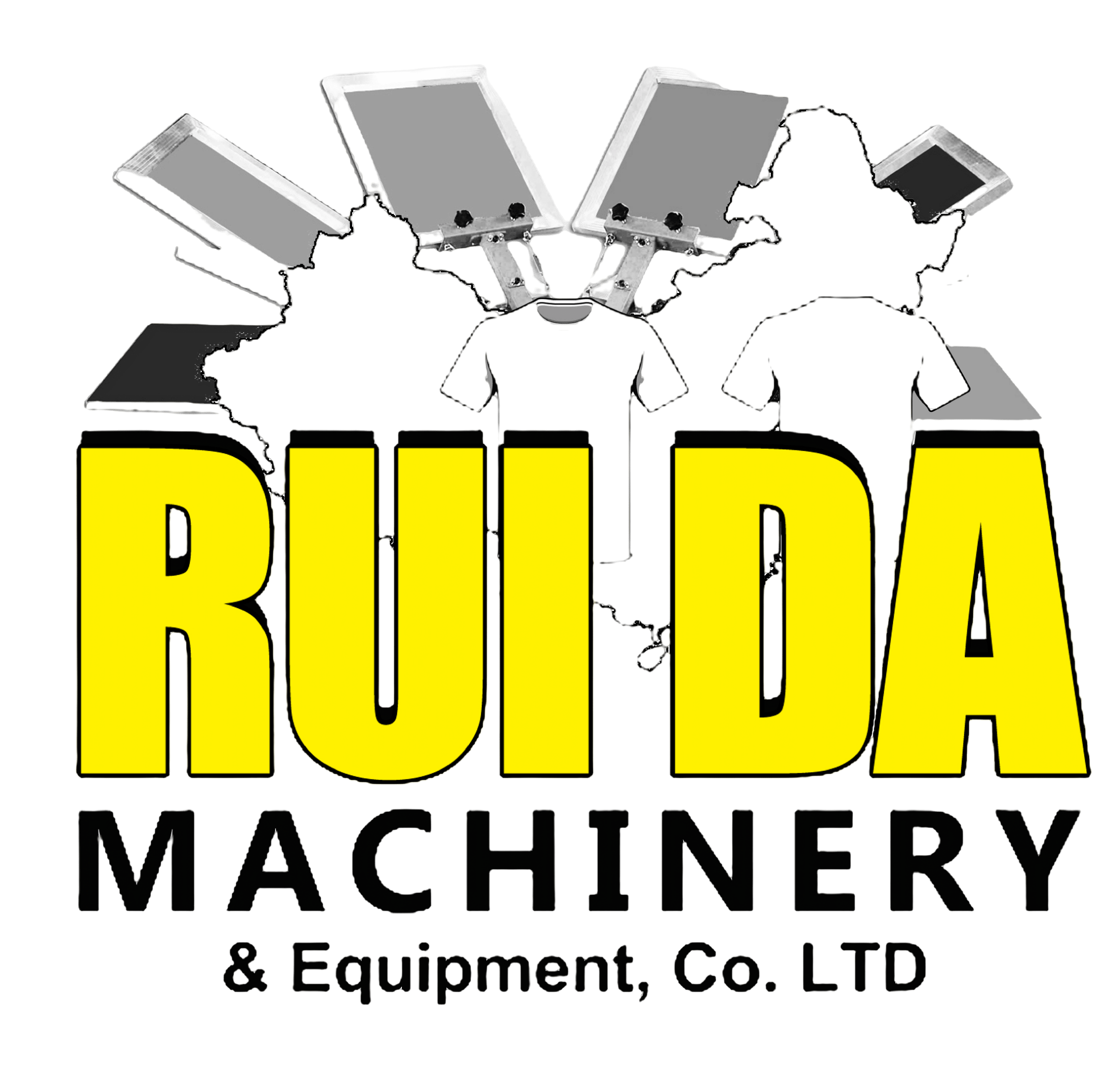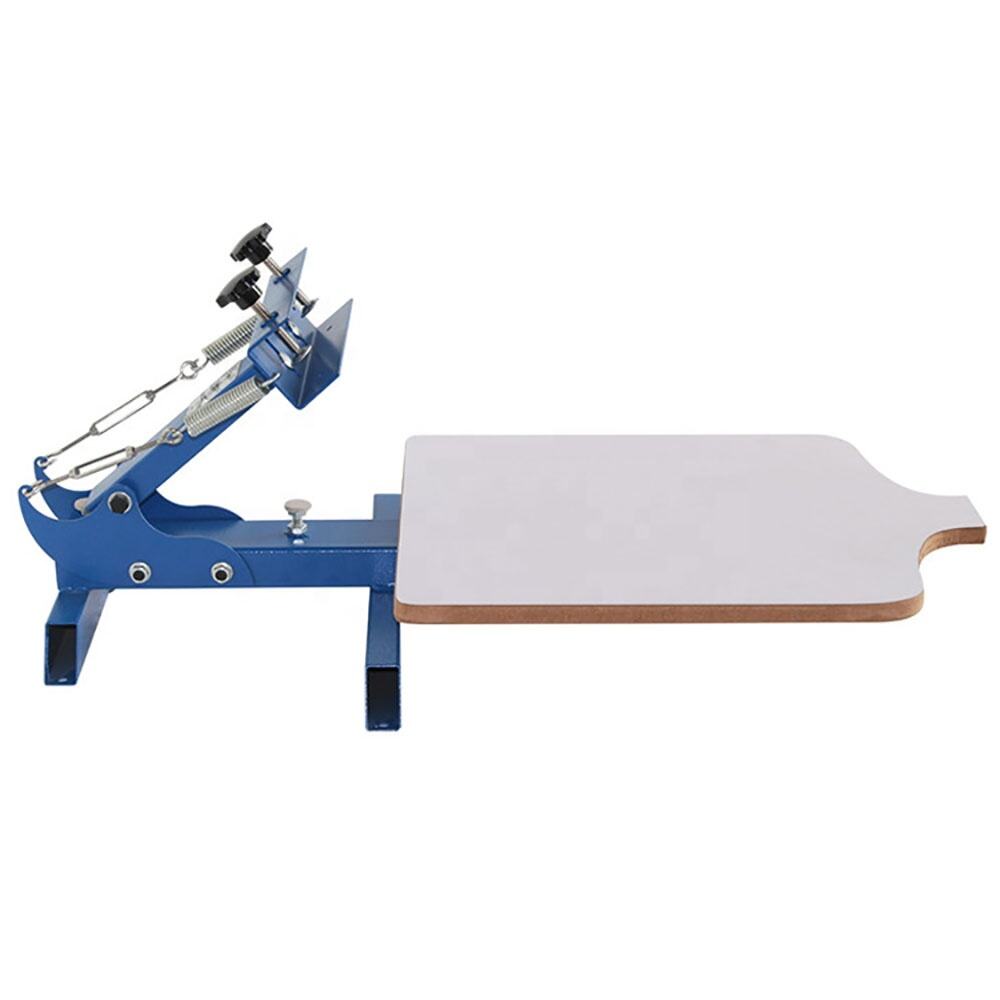Understanding Modern Serigraphy Equipment
In the dynamic world of printing and artistic production, serigraphy machines have revolutionized how we approach screen printing. These sophisticated pieces of equipment combine precision engineering with versatile functionality, enabling both commercial printers and artists to achieve exceptional results. The evolution of serigraphy machines from manual processes to automated systems has transformed the industry, offering unprecedented control and consistency in printing operations.
Today's serigraphy machines represent the pinnacle of screen printing technology, incorporating advanced features that streamline production while maintaining the artistic integrity that makes screen printing unique. From small-scale operations to industrial-level production, these machines have become indispensable tools in the modern printing landscape.

Enhanced Production Efficiency and Output
Automated Workflow Optimization
Modern serigraphy machines excel at streamlining the printing process through automated systems that significantly reduce manual intervention. The precision-engineered components work in harmony to maintain consistent production speeds while minimizing errors. This automation extends to various aspects of the printing process, from registration to ink distribution, ensuring that each print meets exact specifications.
The ability to handle multiple color prints in a single setup dramatically reduces production time compared to traditional methods. Operators can program specific parameters for different projects, allowing quick transitions between jobs without compromising quality or efficiency.
Superior Production Volume Management
One of the most significant advantages of serigraphy machines is their capacity to handle large production volumes while maintaining consistent quality. The mechanical precision of these systems ensures that the thousandth print is identical to the first, eliminating variations that often occur with manual printing methods.
The integration of automated feed and retrieval systems further enhances production capacity, allowing for continuous operation with minimal operator intervention. This increased efficiency translates directly to higher output and improved profitability for printing businesses.
Quality Control and Consistency Improvements
Precision in Print Registration
The advanced registration systems in modern serigraphy machines provide unprecedented accuracy in multi-color printing. These systems use sophisticated alignment mechanisms to ensure perfect registration between different color layers, resulting in crisp, professional results every time. The precision control extends to both simple single-color jobs and complex multi-color designs.
Digital registration controls allow operators to make minute adjustments with ease, eliminating the trial and error associated with manual registration methods. This level of control not only improves quality but also reduces waste and setup time.
Ink Deposit Control and Coverage
Serigraphy machines offer superior control over ink deposit thickness and consistency. The adjustable pressure settings and precise squeegee mechanisms ensure uniform ink coverage across the entire print area. This level of control is particularly valuable when working with specialty inks or when precise color matching is required.
Advanced ink delivery systems maintain consistent ink flow throughout the production run, preventing common issues like uneven coverage or color variation. The ability to fine-tune these parameters results in higher quality prints and reduced waste.
Cost-Effective Production Solutions
Reduced Material Waste
The precision and consistency of serigraphy machines significantly reduce material waste compared to manual printing methods. Accurate registration and controlled ink deployment mean fewer misprints and better utilization of materials. This efficiency extends to both substrate materials and inks, contributing to improved cost management.
Modern serigraphy machines often include features that help optimize material usage, such as automated ink recovery systems and precise substrate alignment mechanisms. These features not only reduce waste but also contribute to more sustainable printing practices.
Labor Cost Optimization
By automating many aspects of the printing process, serigraphy machines reduce the labor requirements for print production. A single operator can manage multiple machines simultaneously, increasing productivity without proportionally increasing labor costs. The reduced need for specialized skills in basic operations also contributes to more flexible workforce management.
The consistency and reliability of automated systems mean less time spent on quality control and corrections, further reducing labor costs while maintaining high production standards.
Versatility in Application
Multiple Substrate Compatibility
Modern serigraphy machines are designed to work with a wide range of substrates, from textiles to rigid materials. This versatility allows printers to expand their service offerings without investing in multiple specialized machines. The adjustable settings accommodate different material thicknesses and surface characteristics, ensuring optimal print quality across various media.
The ability to quickly switch between different substrate types enables printers to respond more effectively to diverse customer requirements and market opportunities. This flexibility is particularly valuable in today's rapidly changing market environment.
Specialty Printing Capabilities
Advanced serigraphy machines support various specialty printing techniques, including high-density prints, metallic inks, and special effects. These capabilities allow printers to offer unique products that command premium prices in the market. The precise control over ink deposit and pressure settings makes it possible to achieve effects that would be difficult or impossible with other printing methods.
The ability to handle specialty inks and techniques opens new markets and revenue streams for printing businesses, providing a competitive advantage in specialized printing segments.
Frequently Asked Questions
What maintenance do serigraphy machines require?
Regular maintenance of serigraphy machines typically includes daily cleaning of printing components, regular lubrication of moving parts, and periodic inspection of electrical and mechanical systems. Following manufacturer maintenance schedules and proper cleaning procedures ensures optimal performance and longevity of the equipment.
How do serigraphy machines compare to digital printing?
While digital printing offers advantages in variable data and short runs, serigraphy machines excel in producing vibrant colors, specialty effects, and durable prints. They are particularly cost-effective for medium to large production runs and offer superior results on a wider range of substrates.
What training is needed to operate serigraphy machines?
Basic operation of modern serigraphy machines can be learned relatively quickly, though mastering advanced features and troubleshooting requires more extensive training. Most manufacturers provide initial training and ongoing support to help operators maximize the potential of their equipment.
Can small businesses benefit from serigraphy machines?
Yes, small businesses can significantly benefit from serigraphy machines through improved efficiency, consistent quality, and expanded service offerings. While the initial investment may be substantial, the long-term benefits in terms of production capability and cost savings make them a valuable asset for growing businesses.

